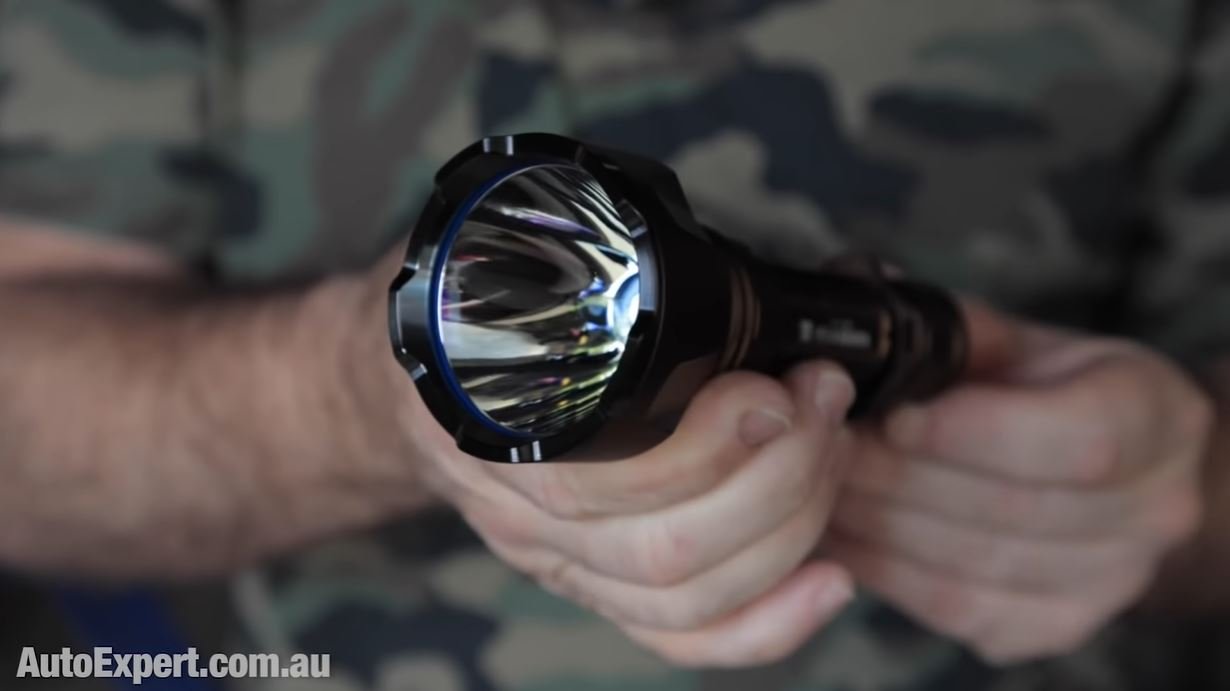What is the Atkinson Cycle, and how does it work?
It sounds technical, but knowing about this fuel efficiency hack in a modern engine is important. Your next car might well use it, but is it right for you? Here’s how it actually works
The Atkinson cycle is part of a combustion philosophy that goes with eco cars, increasingly.
Atkinson cycle is becoming a salient feature on the internal combustion engine as we move into ecologically sensitive times in the automotive industry.
Toyota uses it in its hybrids, meaning also Lexus in any of those 400h models, then Hyundai uses it in the Palisade’s 3.8 V6 multi-point front-drive large SUV, and Kia uses it in the Seltos two-litre CVT as well - and there are plenty of others.
Oh, and anyone who thinks that battery EVs are just going to wipe out internal combustion overnight, it's a nice hypothesis, but I don't see it happening; internal combustion is going to be around for decades to come and the atkinson cycle is going to be increasingly part of it.
When (or if) you read some motoring journalist in a review smearing the Atkinson cycle, you might as well know exactly what it's about so that you can make a value judgment about whether or not a vehicle such as that is right for you.
Mazda’s MX-5 with SkyActiv-G petrol engine uses the Atkinson Cycle.
What happens with the Atkinson cycle is we're trading off power density at peak power production, and we're sacrificing it to extract better fuel efficiency across the normal driving range of the engine.
This is done using a kind of valve-timing / thermodynamics hack.
Let’s quickly summarise about a standard ‘Otto cycle’ internal combustion engine. It has four strokes: ‘suck’, ‘squeeze’, ‘bang’, and ‘blow’.
What we’re focusing on is the ‘squeeze’ (AKA compression) and ‘bang’ (AKA expansion). You compress the working fluid in an engine (we say “fluid” because air is a fluid) and in the case of a multi-point injection engine, the fluid would also have atomized hydrocarbons in it that are rapidly evaporating because it's hot in there.
Expansion is not like filling air using a bicycle pump; it's also driven by the energetic expansion of the gas mixture because it's burning, so there’s lots of energy in there.
So, in practice with an engine, you squeeze the fluid as hard as possible so that when it burns it punches the piston as far and hard down the bore (inside the cylinder) as it can. This is to extract as much mechanical work to rotate the crankshaft. The harder you squeeze the air/fuel mixture the better, but there's a limit because you don’t want the fuel to burn in an uncontrolled way or prematurely (otherwise it can destroy the engine), which is what octane rating is all about. It's resistance to premature uncontrolled combustion.
Higher octane fuels tolerate greater pressure inside the cylinder before burning uncontrollably or too early. Higher octane, when used in an engine designed for it, allows the engine to extract more mechanical work out of each combustion cycle of suck, squeeze, bang and blow. Hence high performance vehicles generally demand 98 RON fuel.
The Atkinson cycle is basically a modification of the ‘Otto cycle’, but was invented in the 1880s or thereabouts.
Atkinson basically is a shortening of the compression stroke by leaving the inlet valve open for a microsecond longer than usual. What this does is, instead of the inlet valve shutting with the piston right down near the bottom of the bore, they change the valve timing to leave the inlet valve open so that when the piston is moving up, it's actually pumping some of the inlet mixture back out of the inlet valve and into the inlet manifold.
This seems counter-intuitive but it plays into thermal efficiency of the engine.
THINKING ABOUT BUYING A HYBRID?
Should I buy a hybrid car or SUV in 2022 and beyond? >>
Should I buy a large hybrid SUV or a normal petrol/diesel? >>
Is Toyota RAV4 Hybrid a good SUV for long distance driving? >>
My AutoExpert AFFORDABLE ROADSIDE ASSISTANCE PACKAGE
If you’re sick of paying through the neck for roadside assistance I’ve teamed up with 24/7 to offer AutoExpert readers nationwide roadside assistance from just $69 annually, plus there’s NO JOINING FEE
Full details here >>
AutoExpert DISCOUNT OLIGHT TORCHES
These flashlights are awesome. I carry the Olight Warrior Mini 2 every day - it’s tiny, robust, and super useful in the field or in the workshop. Olight is a terrific supporter of AutoExpert.
Use the code AEJC to get a 12% discount >>
How the Atkinson cycle works in real life
Atkinson cycle means there’s now a shorter compression stroke which is only 70 or 80 percent of what it is as a normal Otto cycle. Now, a tiny bit of fuel-air goes back out the inlet manifold, but it changes the compression ratio relative to the expansion ratio.
In Otto cycle, the ‘compression ratio’ is the same as ‘expansion ratio’. With an Atkinson cycle engine, compression ratio is shorter travel of the piston, and expansion ratio is longer travel (downward) of the piston. This allows the extraction of more work from each combustion event - more down (work), less up.
This means that you can use less fuel to do the same job at the wheels, essentially.
The goal here is to get the ideal compression by changing how the combustion chamber is shaped, so that you still get the same pressure at the top of the piston’s movement in the bore.
What you're actually doing is allowing more time and space for the expansion event and that allows for more extraction of work at the crankshaft. It’s pretty clever, when you think about it.
The only downside is that, because you are pumping more air back into the inlet manifold, it's not participating in the combustion event and, fundamentally power and engines are both limited by airflow. If you can jam more air into an engine, you can produce more power because you can burn more fuel with every combustion event.
What you're doing with Atkinson is trading that advantage away; you can't burn as much fuel because you're pumping about 20 percent of that air back out.
You're going to suffer in terms of peak power production, which means overtaking on the highway, setting a lap time at the track, giving it the beans on your favourite road - it's not going to be as good at performance driving.
But it is going to be a lot better at just cruising and delivering better fuel efficiency.
WHICH HYBRID SHOULD YOU BUY?
2021 BMW 330e plug-in hybrid: the definitive review and buyer's guide >>
2022 Mitsubishi Eclipse Cross PHEV full review & eco assessment >>
Which Hyundai Ioniq should you buy: EV, Plug-in or Hybrid? >>
Just to give you a breakdown on hybrids:
On the electrical side of a hybrid they do clever energy management where instead of converting kinetic energy (speed) by bleeding heat off through the brakes (very wasteful), instead, that kinetic energy is used to drive a motor backwards as a generator to generate electricity and put it in a battery and uses it to accelerate again. And acceleration from stationary is the most energy hungry part of regular driving.
This is why hybrids are really good in stop-start traffic. But the downside here is frequently doing highway driving in your hybrid is not taking advantage of the electrical energy management because in highway cruising mode you're not slowing down enough to feed that excess kinetic energy into the battery to then use when the light goes green.
Many people say that their Prius or RAV4 hybrid etc gets great economy on the highway, but the reason it's good is not because of the battery and energy recovery system - it's because the combustion engine is using the Atkinson cycle.
Atkinson cycle means you're not going to get as much peak performance out of your internal combustion engine, but for flowing, constant-speed driving, it’s ideal. When you're cruising along, you don't need much power to drive at 100km/h.
Another benefit is that your engine is not as stressed in the way that performance engines are when making peak power, and that's when Atkinson really rocks; when you're just cruising along.
But when you attempt to overtake a truck uphill or when towing or roadtripping with the kids and all their heavy stuff on board, it's going to take longer to get up to speed than if you had an engine with the Otto cycle.
You're going to hear Atkinson cycle a lot more; if you care about economy, it’s good, but if you care about performance, not so much.
MORE ENGINE TECH REPORTS FOR CONSUMERS
Cylinder Deactivation: How does it work & should you buy this tech? >>



















The Mitsubishi Outlander is an excellent-value seven-seat family vehicle with plenty of features and capability. It looks modern and tough, but you need to know if it’s going to be good enough compared with other medium SUVs.